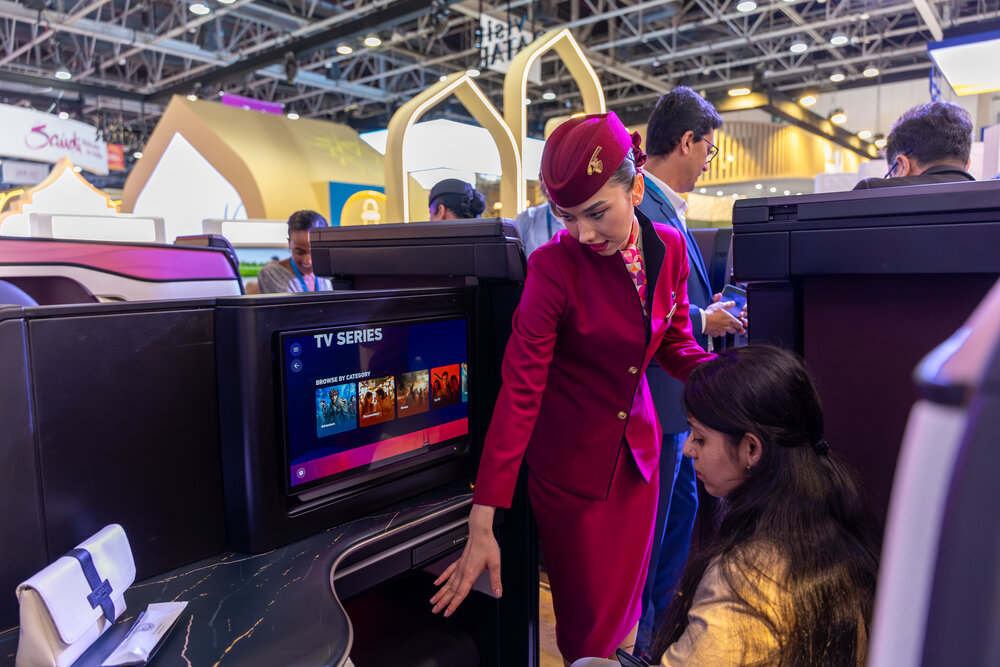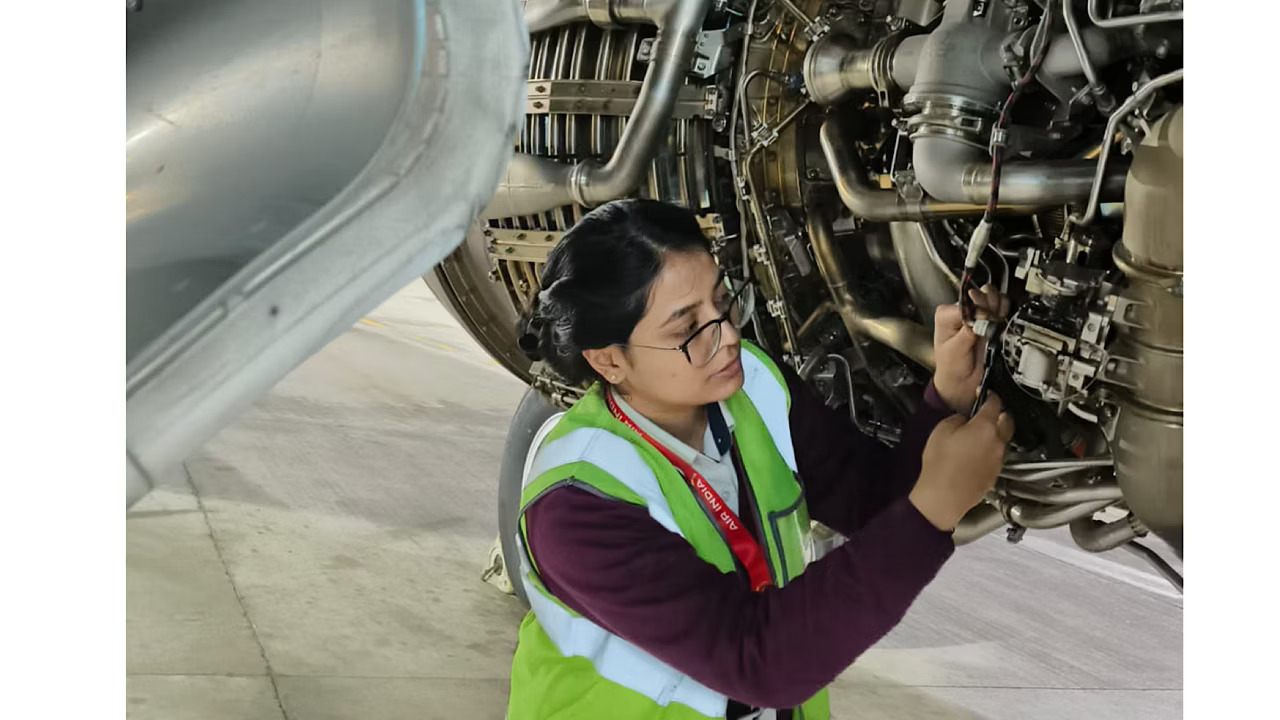
The General Authority of Civil Aviation (GACA) has published its February 2025 performance report, providing a detailed evaluation of Saudi Arabia's domestic and international airports. The report categorizes airports into five groups based on passenger traffic and assesses their compliance with 11 key performance indicators, including passenger wait times, baggage claim efficiency, passport control, customs clearance, and accessibility for individuals with disabilities. This initiative aligns with GACA's strategic goals to enhance service quality and improve the overall passenger experience.
In the category of international airports handling more than 15 million passengers annually, Riyadh's King Khalid International Airport ranked first with an 82% compliance rate, outperforming Jeddah's King Abdulaziz International Airport, which achieved the same rate but fell short in specific evaluation criteria.
For airports managing 5 to 15 million passengers annually, Dammam's King Fahd International Airport led with a 91% compliance rate, followed by Prince Mohammed bin Abdulaziz International Airport in Madinah at 82%. Among airports serving 2 to 5 million passengers annually, Jizan's King Abdullah bin Abdulaziz International Airport secured the top spot with a perfect 100% compliance rate, narrowly surpassing Abha International Airport, which also achieved 100% but ranked lower on additional metrics.
In the category of international airports handling fewer than 2 million passengers annually, Arar International Airport excelled with a 100% compliance rate, particularly for reduced wait times during arrivals and departures.
For domestic airports, Al-Qurrayat Airport emerged as the leader with a flawless compliance score of 100%, excelling in minimizing passenger wait times. The report also highlighted that most Saudi airports achieved a 100% resolution rate for passenger complaints filed in February. Among airlines, Flynas recorded the fewest complaints—10 per 100,000 passengers—while maintaining a perfect resolution rate.
GACA's comprehensive evaluation underscores its commitment to adopting global best practices and fostering continuous improvement in aviation services across the Kingdom.












.jpg)
















-1064b2-large-1745848819.jpeg)

-4f6fa6-large-1745848821.jpeg)
-1dc918-large-1745931196.jpg)
-43a0e0-large-1745931200.jpg)
-53bb50-large-1745931198.jpg)












.jpg)
.jpg)
.jpg)

.jpg)



